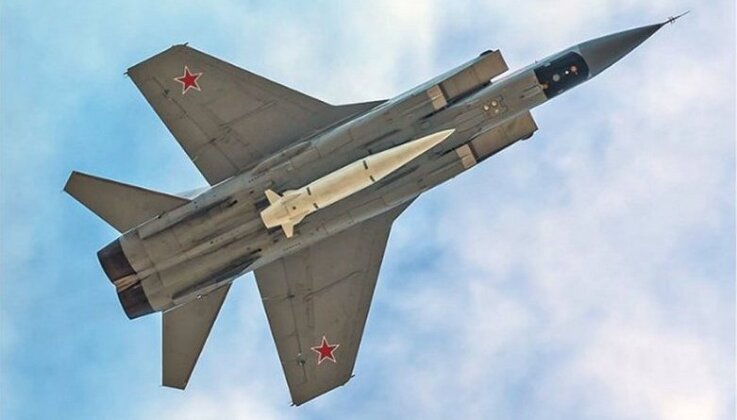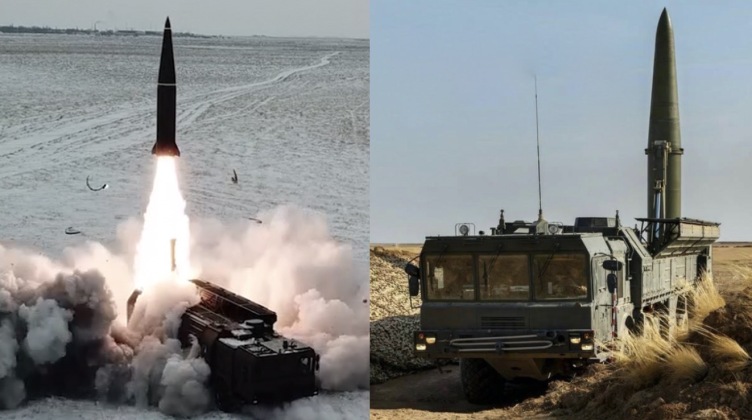News
Russia Quintupled Production of Kinzhal Hypersonic Missiles Before Destruction of Patriot System – Reports
Following the increased publicity gained by Russia’s Kh-47M2 Kinzhal ballistic missile for its successful destruction of an American Patriot air defence system on May 16, reports have emerged from a number of sources that the country quintupled production of the missiles in the preceding months. One of the clearest indications of this was given by Ukrainian Defence Minister Oleksii Reznikov, who stated that Russia was estimated to have an estimated 80 Kinzhals by the beginning of May – up from Ukrainian estimates of only around 50 missiles in January. This was interpreted by Ukrainian sources as an indication that Russia had managed to increase production of the missiles fivefold, producing approximately 10 Kinzhals per month. An alternative explanation, however, may be new intelligence in Ukraine forcing a revision of previous assessments of Russian stockpiles. The Kinzhal is deployed by Russian Air Force MiG-31K strike fighters and entered service in late 2017. It has only been confirmed to have been used in the Russian-Ukrainian War less than half a dozen times, with its first use recorded on March 18 2022 to strike a large underground warehouse in Western Ukraine housing war materials recently delivered through Poland.

The Kinzhal was developed as an air launched derivative of the 9M723 missiles from the Iskander-M ballistic missile system, and addressed the Iskander’s limited range due to the restrictions of the Intermediate Range Nuclear Forces Treaty – which notably applied only to ground launched missiles and not to those launched from the air or sea. The Iskander is limited to a 500km engagement range, while the Kinzhal can engage targets 2000km away. Both missiles are prized for their quasi ballistic terminal speeds of close to Mach 9, as well as their high manoeuvrability and low altitude trajectories which makes them extremely difficult to track, intercept and at times challenging to even detect during flight. Increasing production of Kinzhal missiles could be relatively straightforward for Russia’s defence sector due to the sheer numbers of 9M723 missiles it has been able to produce consistently for close to two decades, with Iskander-M systems entering service faster than any other large ground based weapons system other than S-400 air defence systems due to its perceived asymmetric value.

With production lines particularly for missiles already operating at a wartime surge capacity, producing more Kinzhals at the expense of a portion of the output of 9M723 missiles remains highly possible. The Kinzhal’s launch aircraft the MiG-31K could also potentially see numbers grow quickly due to the massive reserves of hundreds of MiG-31 airframes Russia has, many of which flew for only a fraction of their lifetimes before being stored after the Cold War’s end due to the Air Force’s sharp contraction. The unveiling of a new enhanced successor to the MiG-31K in August 2022, the MiG-31I, indicated that the Russian Air Force intended to continue to expand its strike fleet. The new variant benefits from an improved flight performance and avionics with a focus on increasing the degree of automation. Although the Kinzhal arsenal is expected to continue to grow rapidly, use in Ukraine is expected to remain limited as the bulk of the arsenal remains focused on potentially countering NATO should hostilities escalate into a wider war.












